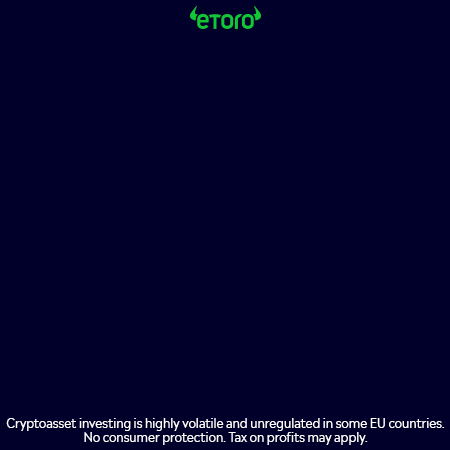Nearly half of the consumers who reported a cryptocurrency-related scam in 2021 said it started with an ad, post or message on social media.
The United States Federal Trade Commission considers crypto and social media a “combustible mixture for fraud,” with almost half of all cryptocurrency-related scams coming from social media platforms by 2021.
The report published Friday found that scammers have lost as much as $1Billion in crypto during the year. This was more than five times higher than 2020 and almost sixty times greater than 2018.
The amount of crypto that was lost as of March 31st was already close to half the 2021 figure. This shows that momentum isn’t slowing down.
According to the FTC, Instagram (32%), Facebook (26%), WhatsApp (9%), and Telegram (7%) were top platforms for crypto-scams.
Interestingly, Twitter was not mentioned, despite it being littered by spam and scambots touting fake cryptocurrency giveaways.
According to fraud reports submitted by FTC’s Consumer Sentinel Network the most prevalent type of crypto-scam was Investment Related Fraud. It accounted for $575 million of the $1-billion total.
“These fraudsters often promise investors huge returns by investing in their crypto-schemes, but many people lose all of the money they invest.”
The FTC says that common investment scams involve cases where a “investment manager”, or a contact, contacts a consumer promising to grow their funds, but only if they buy cryptocurrency and transfer it to their online account.
Another method is impersonating celebrities, who can multiply any cryptocurrency a consumer sends or promise free cash.
FTC also includes scams that involve investing in fake art, rare coins, gems, and advice.
Romance Scams, which cost $185 million in losses, was the next-largest crypto-scam. In this scam, a love interest attempts to lure someone into investing on a crypto scam.
At $133 million, the third place was for Business and Government Impersonation scams. These scammers claim that consumers are at risk of losing their money due to fraud or government investigation.
These scams could start with a text about an unauthorized Amazon purchase or an alarming pop-up online that looks like a Microsoft security alert. People are then allegedly told that the fraud is widespread and that their money is at stake.
To secure crypto, the scammers pretend to be bank representatives.
Scammers claim to be border patrol agents and have claimed that they are telling people their fiat accounts were frozen in a drug trafficking investigation. They tell victims that crypto is the best way to protect their funds. They are instructed to withdraw cash and then to feed it into a cryptocurrency ATM. Then they are tricked into sending it directly to the wallet address of the scammers.
According to the report, people between 20 and 49 were more likely to lose crypto to scammers. Those in their 30s were the most vulnerable, accounting for 35% of all reported fraud losses.
The average individual who reported cryptocurrency losses in their 70s reached $11,708, while the 18- to 19-year-olds lost just $1,000.
A FTC Consumer Advice article outlines a variety of ways to avoid scams involving cryptocurrency.
Scammers will not demand cryptocurrency payments. A legitimate business will not ask you to send cryptocurrency in advance. This is not for the purpose of buying something or protecting your money. It’s always a scam.
Scammers cannot guarantee big profits. Do not believe anyone who promises you will quickly and easily make a fortune in crypto markets.
Online dating should never be mixed with investment advice. You should never meet someone online and ask them to help you invest in crypto.










